Having a healthy gut microbiota helps to keep us healthy. Eating the correct food for our gut microbes keeps them and us healthy. The largest numbers of microbes are in the large intestine, also called the colon. Microbes in the large intestine use dietary substrates that are not degraded in the upper gastrointestinal tract to grow. Important food sources for our gut microbes are fruits and vegetables containing fibre and other carbohydrates, cereals, nuts and pulses.
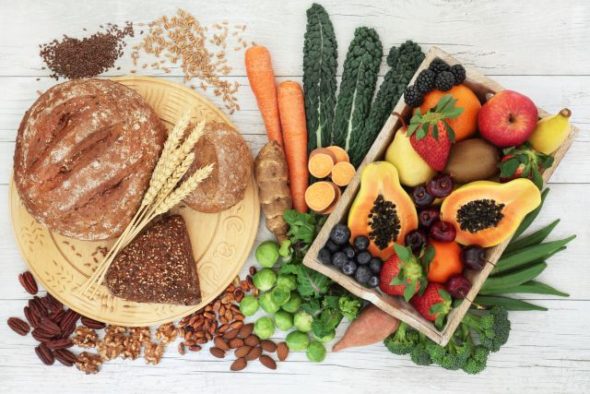
Fibre
The health benefits of including fibre in our diet are both direct and microbe-mediated. Eating the dietary fibre improves faecal bulking, eases passage of material through the digestive system and results in shorter transit time, preventing build-up of toxins. A shorter transit time also helps to maintain conditions that allow healthy microbes to grow. Fibre also contains important substances called phytochemicals, anti-oxidants and vitamins which are all important for health.
Microbes can use fibre to provide additional health benefits. By processing fibre they can release additional phytochemicals and maintain a slightly acidic pH in the gut that helps to stop pathogens colonising the gut. Promoting the growth of your healthy gut bacteria by providing the right nutrients for them also helps to stop more harmful bacteria from being able to populate the gut in large numbers.
Fermentation
The process by which microbes break down food products in the large intestine is called fermentation. Microbes derive energy and nutrients from this process but other molecules are produced that are good for our bodies as well. Fermentation is a process that happens in the absence of oxygen, in what is known as an anaerobic environment. The majority of the bacteria in your large intestine cannot survive and many even die in the presence of oxygen. They are called obligate anaerobes. A number of other bacteria that live outside the gut also ferment substances for their growth. This includes microbes that help make cheese, bread and beer.
In the gut, products of bacterial fermentation of carbohydrates are short chain fatty acids, phytochemicals, other metabolites and minerals. Acetate, butyrate and propionate are three important short chain fatty acids that are absorbed into our body and have different roles.
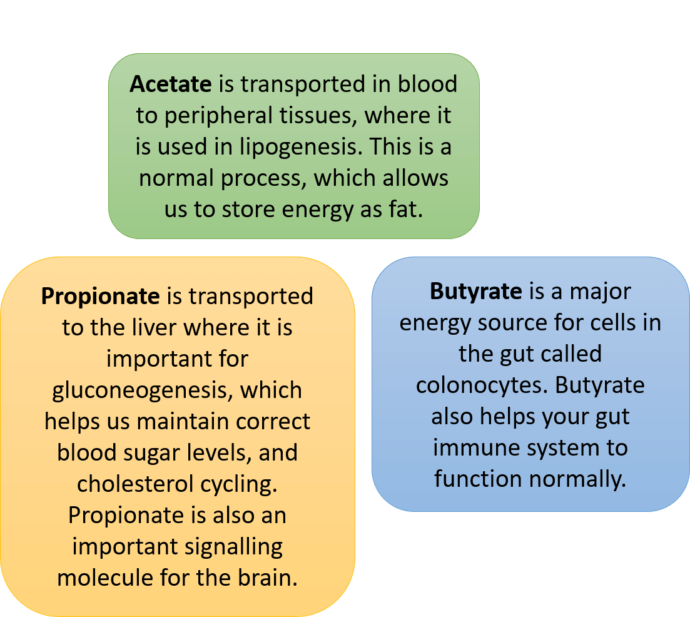
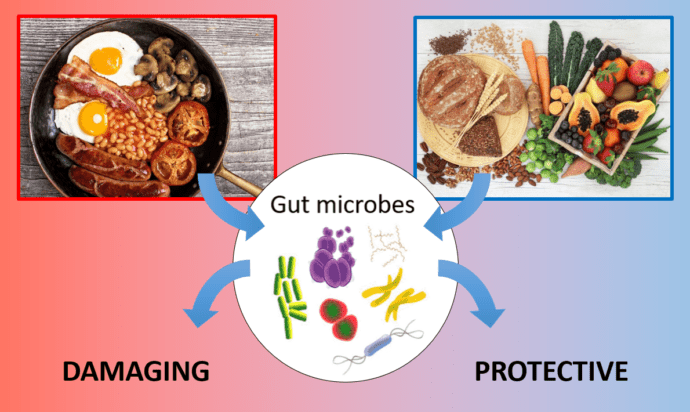
Bacteria also degrade and ferment proteins, mucins and other substrates derived from the host. They can also metabolise gases including hydrogen and carbon dioxide. Products of protein metabolism include branched chain fatty acids such as isobutyrate and isovalerate which are generally found at low concentrations in the gut. So far branched chain fatty acids have not been well-investigated and their contribution to gut health is not understood. Specific combinations of gut microbes and food are beneficial for our health, and others are detrimental. This is because different gut microbes have different activities.
What happens where?
Different food products are processed in different regions of the large intestine, by different bacteria which release different products. The right side of the large intestine, referred to as the proximal colon, is the main site of carbohydrate metabolism (around 40 grams each day). The major products are short chain fatty acids and the gases carbon dioxide, hydrogen and methane. The main sites of protein and peptide metabolism (between 12 and 18 grams each day) are the transverse colon, which goes from one side of the body to the other and the distal colon (on the left side). The major products here are branched short chain fatty acids and the gases ammonia and hydrogen sulphide.
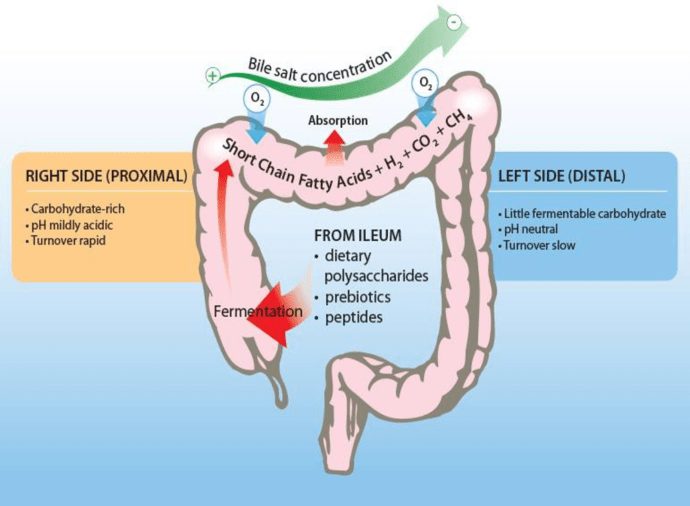
Flatulence
Bacterial fermentation also produces gases that causes normal flatulence and make you fart. Gases produced include carbon dioxide, hydrogen and methane in the proximal colon, and ammonia and hydrogen sulphide in the transverse and distal colon. Gases are produced in the gastrointestinal tract of other animals as well. Unlike humans, cattle have an organ called the rumen (also known as the first stomach) and within the rumen are microbes that produce methane and carbon dioxide, which are gases that contribute to global warming. Scientists are investigating ways to influence cattle microbiota to reduce production of these gases.
Read also
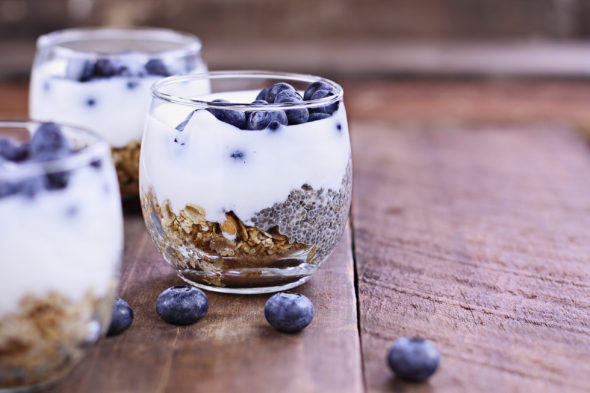
Gut health
Probiotics and Prebiotics
Probiotics are are live bacteria and prebiotics are substrates that can both be added to food to provide a health benefit.

Food production
Fermentation
Fermentation, carried out by bacteria or fungi, is involved in the production of many of the foods that we eat, every day.
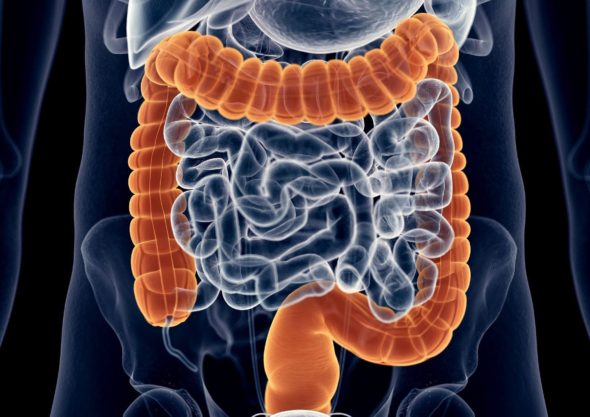
Gut health
Your gut and your microbes
The gastrointestinal tract, or alimentary canal is the body’s digestive system. The human gut contains microbes including bacteria, archaea, viruses and fungi with bacteria being the most numerous.